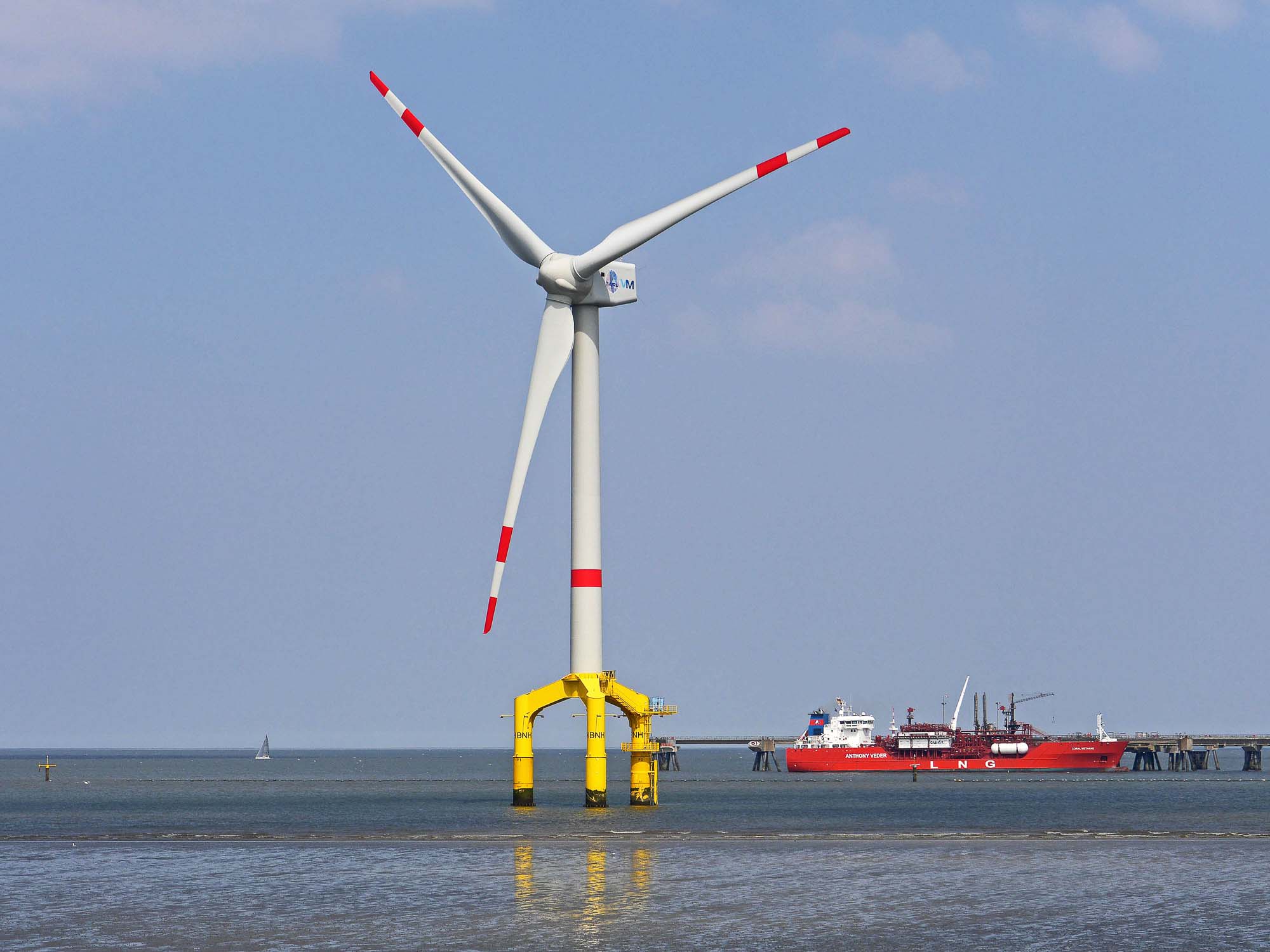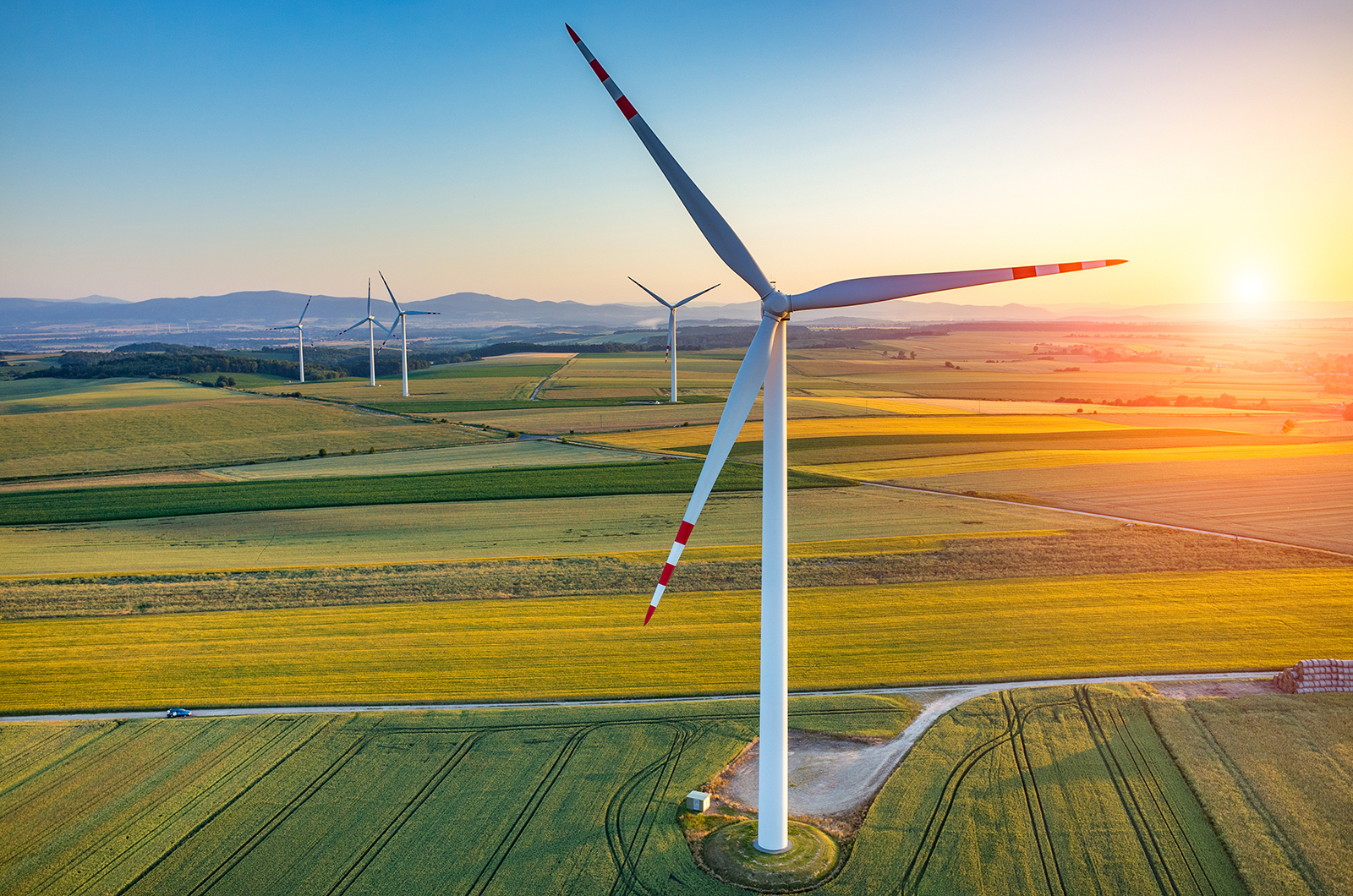
Wind Turbine Cost: Worth The Million-Dollar Price In 2022?
Multimillion dollar price tag? Huge wind turbine cost a good investment? Do they really pay for themselves in 2022? How much power do they produce? Answers here
The Breakdown of Initial Wind Turbine Costs
- $2.6 – $4 million per average-sized commercial wind turbine
- Typical cost is $1.3 million per megawatt (MW) of electricity-producing capacity
- Most commercial wind turbines have a capacity of 2-3 MW, but offshore turbines can be as large as 16-18 MW
- Cost increases as turbine size increases, though there are benefits to using fewer, larger turbines – complexity and construction of the overall farm site is greatly reduced with fewer and larger turbines.
Wind Turbine Maintenance Costs
Once built, maintenance is an ongoing expense.
- 1-2 cents per kilowatt-hour produced, or
- $42,000 – $48,000 per year
See also (in French language):

Combien coûte l’énergie éolienne ? - ECO Delta
Petit état des lieux sur la géographie des parcs éoliens en France, leurs bassins d’emplois, et sur ce qu’il en est en termes de développement local...
En France, pour installer un mégawatt d’éolien terrestre, l’investissement initial : le CAPEX, se situe entre 1 et 1,7 millions d’Euros. Tout dépend en effet de la hauteur des pâles de l’éolienne. Concernant la maintenance, le coût s’élève à 40 000€ par mégawatt par an.
Translation:
In France, to install a megawatt of onshore wind power, the initial investment: CAPEX, is between 1 and 1.7 million Euros. It all depends on the height of the blades of the wind turbine. Concerning maintenance, the cost amounts to €40,000 per megawatt per year.
Despite the unknowns of maintaining a wind turbine, we can think that this cost could be approximately similar to the cost of purchasing NPW kites per year and over 20 years (lifespan of a wind turbine) if a real industry is launched, also including the recycling of kites wherever possible.